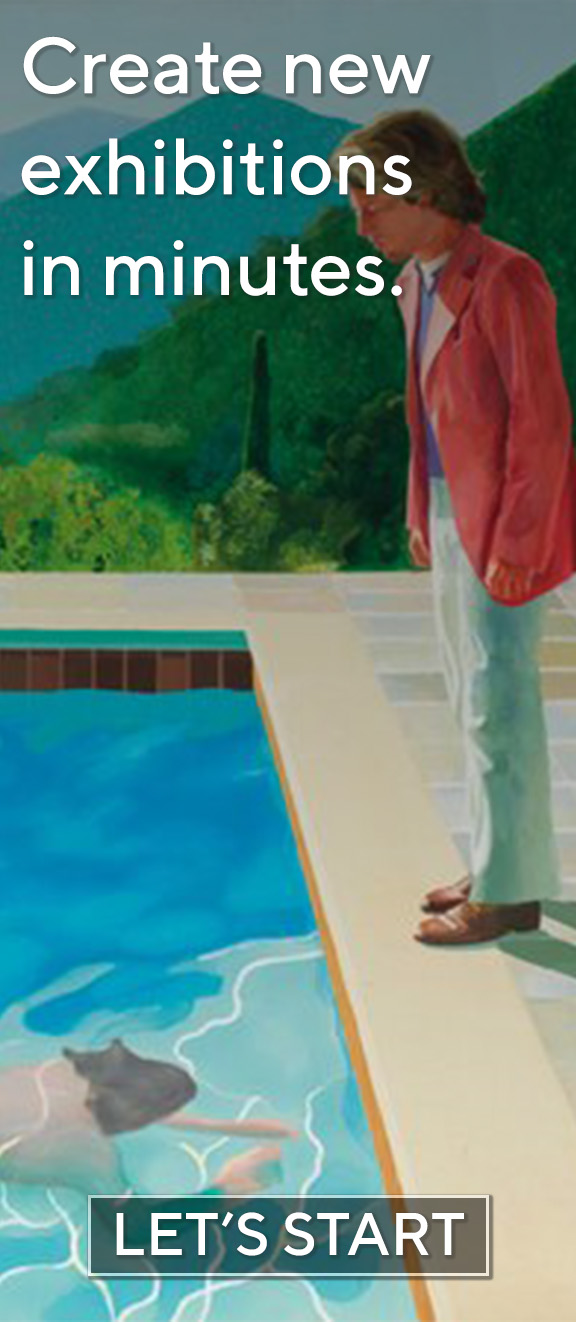

Over the last thirty years Simpson has focussed on just two series, Bench Paintings (1989-2009) and Squint (2009 – present). A ‘leper squint’ is an architectural feature that can be found... more >> The first solo exhibition in Germany by Michael Simpson (b. 1940, Dorset, UK). Simpson presents a significant body of new work, including drawings, large-scale canvas paintings and a four-part polyptych over three metres high and seven metres wide.
Over the last thirty years Simpson has focussed on just two series, Bench Paintings (1989-2009) and Squint (2009 – present). A ‘leper squint’ is an architectural feature that can be found in medieval churches across Europe. The narrow aperture allowed lepers and other ‘undesirable’ members of society to witness the service from outside without threatening the congregation with disease. While on one level Simpson’s subject matter is the infamy of religious history and the politics of belief, the artist states that these subjective references provide only a subtext for his principal subject: the mechanics of painting.
Accordingly, Michael Simpson’s works open up a set of conversations about light, space, composition, surface and colour. These are the concerns of every painter throughout history. But if we extend these ideas into the more abstract realms of balance, elegance, plausibility, belief and reason, we can imagine how a painting by Simpson becomes a metaphysical proposition. Indeed, Simpson’s work reminds us that many painters find metaphysical potential in the tangible forms and surfaces of everyday objects. In his case, a ladder, ramp, step or stairway is the only object in each painting, besides the squint that it leads to. The spareness of the subject matter allows focus to rest on the formal elements of the painting. With the steps positioned or composed as if to challenge physical access, the squint remains an inaccessible black void rather than a portal to the divine. Simpson resolutely keeps his viewers outside, staring at a flat surface, at what de Chirico might call the ‘tranquil and senseless beauty of matter’.
By focussing on the structure and formal elements of the painting, Simpson asks how a flat surface can conjure an illusion of space. And he takes that idea further to ask why we derive so much pleasure from that illusion? If illusions of physical depth propose metaphysical depth, what might that imply about the structure of our perceptions, our tendency to believe? Simpson’s ladders might suggest that there is no way to lift ourselves beyond the constraints of sense perception, and that our belief systems must be kept in check by acknowledging these limits.
In Vitamin P3, a guide to contemporary painting, critic Barry Schwabsky describes Simpson’s ‘allegiance to a conception more readily associated with abstraction than with painting that employs images’. He goes on to describe the artist’s preoccupation with ‘the idea that painting is not a kind of imaginary opening in the wall through which we get an illusory view of another world, but rather a physical thing that is made, whose flat surface confronts the viewer with a presence that demand engagement.’











ual 🙂 muito bonito!